Human Desire/1954/Columbia/Sony/91 min.
By Michael Wilmington
Gloria Grahame was a film noir doll and movie moll of the first rank – and in Fritz Lang’s 1954 “Human Desire,” she gave one of her most fetchingly sultry, and powerful, performances. As a tricky, trapped, unfaithful but resourceful railroad wife named Vicki, she seduces the camera, the audience and her co-stars (one in real life), in one of the two noir classics she made with Glenn Ford for noir master and reputed on-set tyrant, Fritz Lang.
1952’s “The Big Heat,” that great scalding saga of gangsterism and revenge, is the more famous Lang-Ford-Grahame collaboration, and rightly so. But “Human Desire” is a moody little classic as well, one of Lang’s last American films, and among the most complex and chilling roles ever for Grahame and Ford – who spiced up the movie this time with an offstage affair.
“Human Desire” is one of two Lang American remakes of French film classics directed by Lang‘s great colleague Jean Renoir, a generous-hearted, humanistic Frenchman who seems at first, the temperamental opposite of the icy-eyed Lang. But Lang’s 1945 noir masterpiece “Scarlet Street” was derived from Renoir’s 1931 “La Chienne,” and “Human Desire” is a remake (and a softening) of Renoir’s great dark, violent crime drama/romance “La Bête Humaine” (1938), a noir precursor adapted from the classic 19th century novel by Émile Zola.
“La Bete Humaine” and “Human Desire” are both set mostly in grim gray railroad yards, the shadowy surrounding cities and on the trains – and both Renoir and Lang get great mileage out of the hypnotic scenes they both shot of speeding trains, landscapes rushing past and train tracks merging and diverging inexorably below, echoing the characters’ headlong plunge into madness.
Ford, like “La Bete Humaine’s” Jean Gabin, plays an all-too-human train engineer: in Ford’s case, returning Korean War vet Jeff Warren, a good guy tormented by illicit, adulterous desire. (Gabin’s fireman and train sidekick was the ebullient Julien Carette, the imp of “Grand Illusion” and “The Rules of the Game.” Ford’s is crusty old westerner Edgar Buchanan.)
The desire of course, is for Grahame’s provocative, minx-eyed blonde Vicki, the persecuted wife of brutal, alcoholic, insanely jealous yard boss Carl Buckley, played by Broderick Crawford five years after his “All the King’s Men” best actor Oscar. (Another great French actor, Fernand Ledoux, played the equivalent part for Renoir.) And, as Vicki, Grahame touches many noir bases: tempting cutie-pie, disturbed and abused wife, haunted adulteress, lady in distress, and classic scheming femme fatale (a note she didn’t strike in “The Big Heat,” when she played coffee-scorched Debby, Lee Marvin’s tragic moll.)
Ford was a great brooder, as was “Bete Humaine’s” Gabin. And, when Jeff broods over Vicki, as she pulls him into her sexual web, the whole screen heats up and then darkens and goes cold. The original “Bete Humaine” adulteress was the legendary French sex kitten Simone Simon (in a role that made her an international star and eventually brought her to America for “Cat People”).
Grahame is scarier and deeper and more human (and desirable) than Simon – mostly because, in the beginning, we like Vicki. We sympathize with her, feel sorry for her because of her violent mistreatment by the obviously pathological Carl, whose jealousy drives him to murder and drink, and puts him on a collision course with Ford’s glowering, love-drunk Jeff. [Read more…]
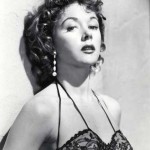
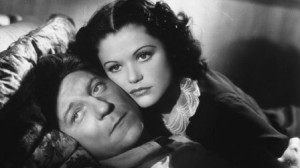





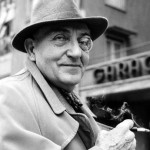
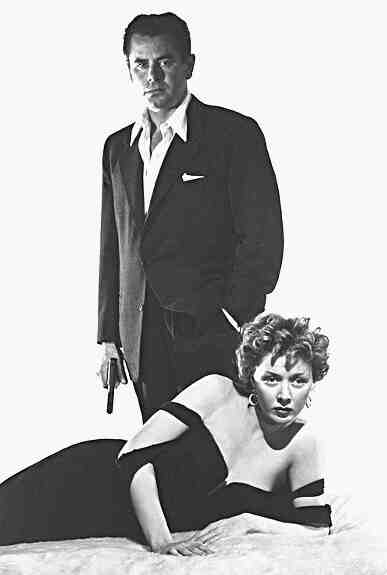
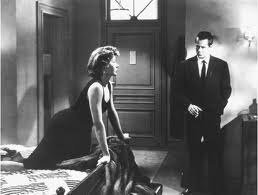
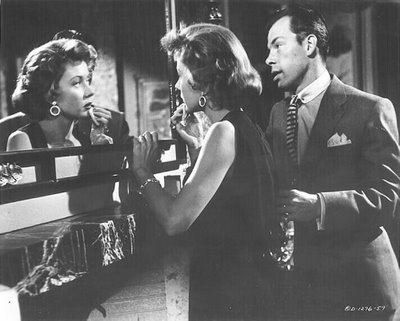
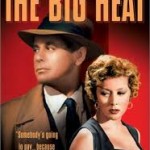
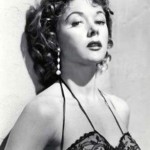
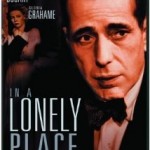
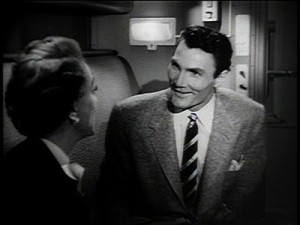
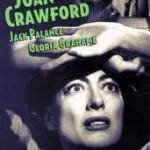
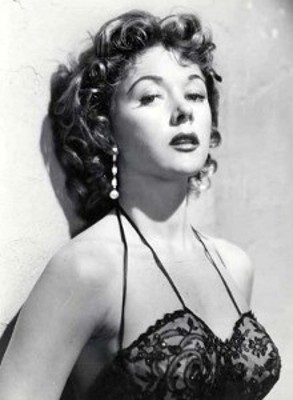
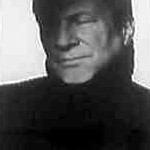
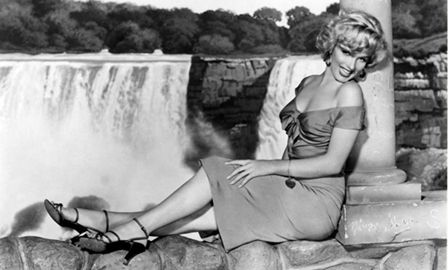





From FNB readers